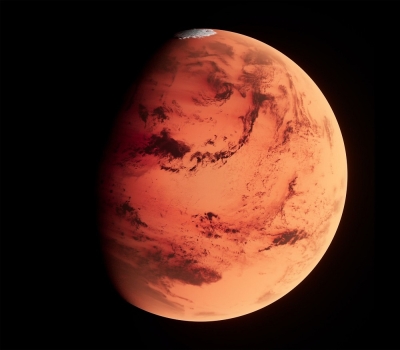PARIS — As part of the Nasa Innovative Advanced Concepts (NIAC) programme, the US space agency is funding a programme to develop a nuclear-powered rocket.
If this project were to succeed, it would make it possible to cover the distance between the Earth and Mars in a month and a half, potentially revolutionising space exploration!
One of the difficulties in reaching Mars is the duration of the trip. It can take several months at best, and therefore more than a year for a round trip.
However, the solution to speeding things up could perhaps be nuclear power.
This is the aim of one of the concepts selected for initial development by the US space agency (Nasa) as part of its innovations programme dedicated to advancing its space missions. Although it may not ultimately be retained, the project is certainly among the most spectacular of this year’s crop.
With conventional chemical propulsion, it would take (at best) about nine months to send a crew to Mars. To go much faster, the concept in question combines two nuclear propulsion technologies. The first is a thermal propulsion mode, based on gas heated from nuclear fission, until it becomes ionised gas.
The second is electric. Here, an electromagnetic field accelerates the thrust considerably. The two combined forces could thus boost the speed of any spacecraft. Theoretically, this bimodal propulsion, if perfected, could make it possible to reach the Red Planet in just 45 days, which was previously unthinkable.
According to Professor Ryan Gosse of the University of Florida, who is responsible for this concept, this bimodal solution could allow the rapid transfer for any manned mission and therefore revolutionise space exploration, to Mars and beyond.






Discussion about this post